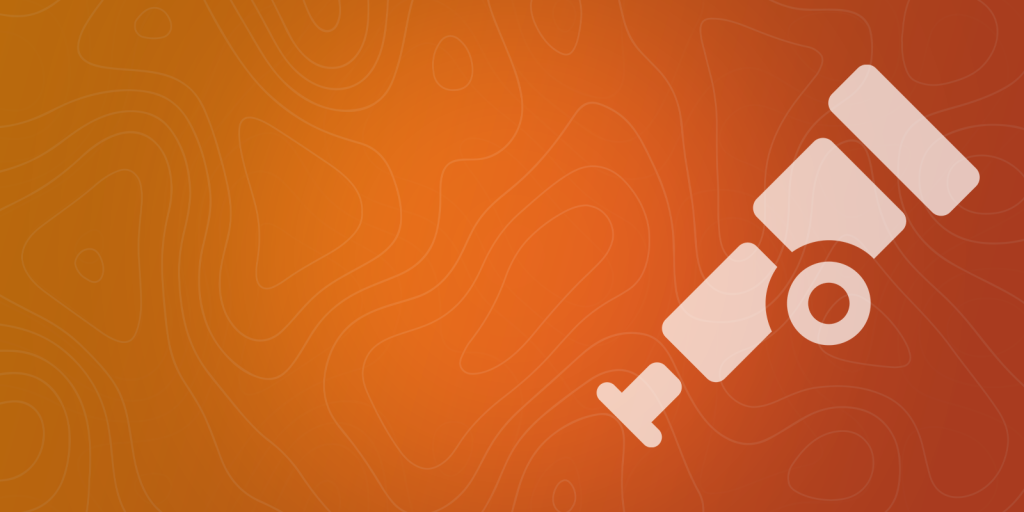IT teams live in dynamic environments and continuous integration/continuous delivery has been on high demand. In the dynamic environment, DevOps and underlying technologies such as containers and microservices, continue to grow more dynamic, and complex. Now, just like DevOps, observability has become a part of the software development life cycle.
With basic monitoring techniques, ITOps and DevOps teams lack the visibility to support the explosive growth in data volumes that arise in these modern environments. And, that’s also because they cannot scale with manual processes. Traditional monitoring systems focused on capturing, storing, and presenting data generated by underlying IT systems. Human operators were responsible for analyzing the resulting data sets and making necessary decisions, making the IT processes human-dependent.
Automation-driven AIOps with observability equips IT teams to effortlessly track and optimize these environments. Overwhelming metrics which cause fatigue are encouraging IT to adopt observability. DevOps teams must automate analysis of the observability data from their software stack to prevent outages and maintain the uptime of business-critical apps. This is where the AIOps role comes into play.
How to capitalize AIOps and Intelligent Automation for observability?
Once IT teams figure out the journey of data from its source to how it is used as a final insight, they can make the most out of the combination of observability and AIOps. All AIOps initiatives should address four stages of this data journey.
Acquire: Data comes from different sources from across the organization’s ecosystem. They should be aligned for the next stage. AIOps platforms should have extensive framework level support to acquire data coming from various sources and at scale. This includes metrics, logs, and traces.
Aggregate: Data is aggregated from different sources and will go through the process of transformation and correlation as applicable.. This enables to build intelligence for the organization. AIOps platform should automate this stage as much as possible through no-code/low-code capabilities to accelerate the time to value.
Analyze: This part of the journey is where AI and machine learning are applied. This is to filter noise, derive insights, and identify patterns for further accurate predictions.
Act: The intelligent algorithms further automate the root cause analysis and remediation, including the opening and closing of tickets. We also feed pre-trained historical data to feed and create proactive learning patterns.

What happens with Observability and AIOps?
Observability is a best practice implemented by AIOps, enabling automation and expanding visibility into the entire organizational ecosystem.
Automate monitoring for distributed applications
The data sources and systems are fragmented. Cohesion with connected logs, metrics and traces from across a variety of data sources will make data collection and analysis an intelligent process. The machine learning algorithms on repeat mode would train data with better recommendations.
DevOps teams and engineers have to know networking, application layers, and containers—especially container orchestration via Kubernetes. CloudFabrix AIOps makes the discovery of these layers and their dependencies automated and upto date. Traces come to the rescue in case of loss of source paths. By tracing the path, you can easily see where the application is slowing or what components are causing the issue.
Adding intelligence to automation with AIOps
AIOps closes the loop of delivering the cycle of discovery, analysis, detection, prediction, and automation. It makes ITOps more autonomous, fuel agile and puts you on the path to self-healing IT.
Building Enterprise and ecosystem observability
Observability ensures to put customer experience at the centre of the organizational ecosystem. AIOps has made sure this happens for real. It delivers a comprehensive, holistic view of what’s going on in every area of their IT environment.
Expanding environments – production, development and testing
All three mission critical environments have to talk to each other. Any type of change to one of these services, applications, or the underlying infrastructure needs fast response and these environments have to synchronize with each other. Today changes happen so fast and frequently that only humans cannot match the speed. Autonomous algorithms that are intelligent over time can do this pretty much asynchronously.
AIOps builds real-time systems in the form of context-rich data lakes that can traverse the full application stack. In the process, it can reduce noise in modern performance and fault management systems and drive automation. It further improves time to resolution.
Building scalability – logs, traces and metrics
Human monitoring and process implementation would reach the glass ceiling after a point. Machine learning not only brings scale, but adds exponential speed to ITOps and DevOps.
Complex environments that have to be up and running at all times. The resolutions need to be fixed as quickly as possible. This will require a mix of tools – an entire observability stack that can grow on its own leveraging the fundamental layer of data which includes metrics and logs.
So what can you achieve with Observability and CloudFabrix AIOps, together?
- Monitoring data from all sources and automating the process with intelligence such as asset context, applying AI at the edge etc.
- Automating and accelerating the data operations – collection, transformation, enrichment etc with low-code/no-code capabilities
- Applying AI and machine learning algorithms to all the data collection and integration
- Detecting anomalies proactively with repeatable data models
- Surfacing significant and important events
- Correlating alerts
- Providing incidents with context so you can collaborate and resolve them quickly
- Identifying the probable root cause for automated remediation
- Eliminating noise
- Provide proactive insights






